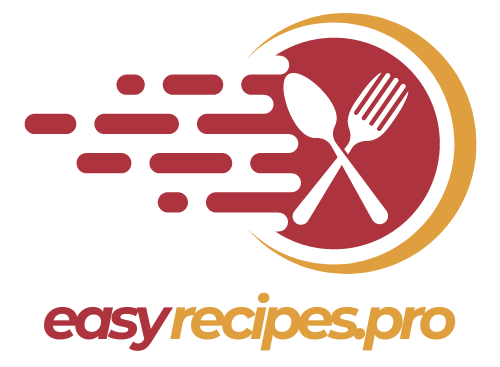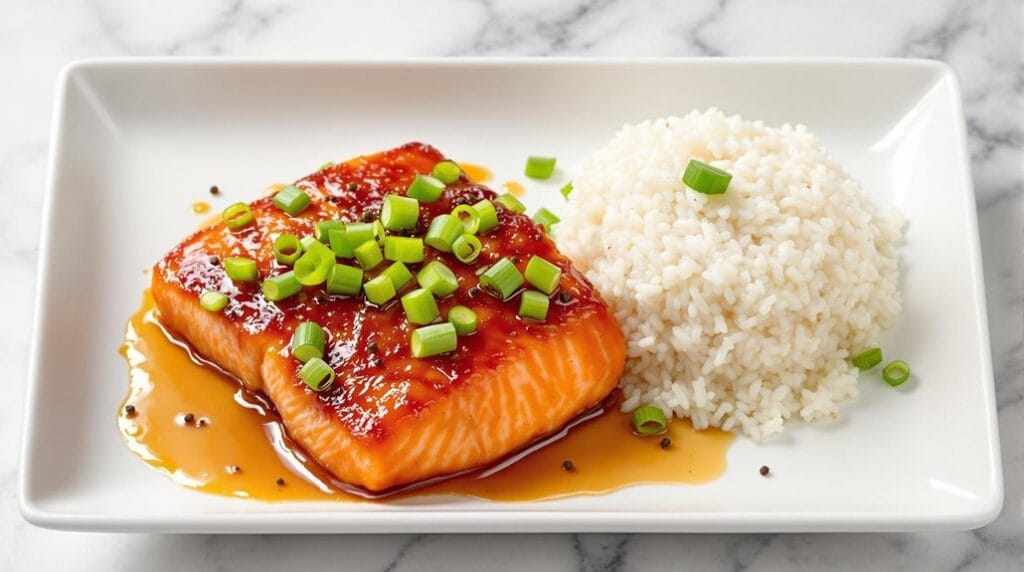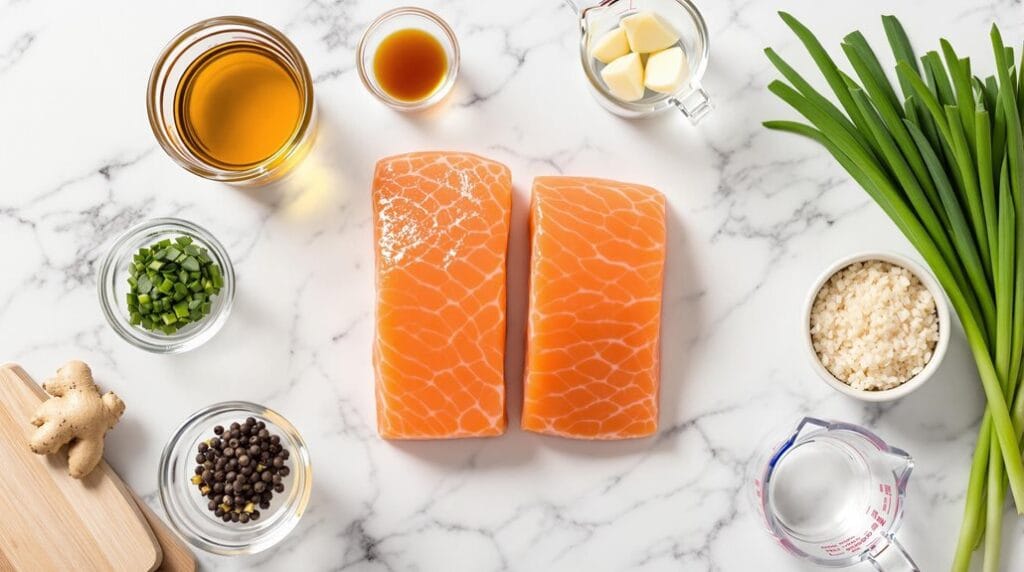Servings 4
- Amount Per Serving
- % Daily Value *
- Total Fat 60.17g93%
- Saturated Fat 13.09g66%
- Cholesterol 217.8mg73%
- Sodium 685.46mg29%
- Potassium 1586.39mg46%
- Total Carbohydrate 46.99g16%
- Dietary Fiber 0.81g4%
- Sugars 12.27g
- Protein 84.51g170%
- Vitamin A 231.27 IU
- Vitamin C 16.55 mg
- Calcium 78.54 mg
- Iron 3.36 mg
- Vitamin D 43.56 IU
- Vitamin E 15.09 IU
- Vitamin K 12.91 mcg
- Thiamin 1.07 mg
- Riboflavin 0.9 mg
- Niacin 36.24 mg
- Vitamin B6 2.62 mg
- Folate 109.48 mcg
- Vitamin B12 12.79 mcg
- Phosphorus 1014.7 mg
- Magnesium 129.96 mg
- Zinc 2.27 mg
* Percent Daily Values are based on a 2,000 calorie diet. Your daily value may be higher or lower depending on your calorie needs.
Note
Extra Tips: For best results, verify salmon fillets are similar in thickness for even cooking. The glaze can be prepared up to 24 hours in advance and stored in the refrigerator.
If the glaze starts to caramelise too quickly, reduce temperature to 170°C. Centre-cut salmon fillets work best for this recipe as they're typically uniform in thickness and cook evenly.
Sweet Glaze Adds Elegance
With its glistening amber sheen, maple glaze transforms ordinary salmon into an elegant centrepiece that's worthy of special occasions.
You'll love how the sweet, rich maple syrup caramelises as it cooks, creating a stunning lacquered finish that'll have your guests thinking you're a professional chef. The glaze isn't just about looks - it adds a complex layer of flavour that perfectly complements the salmon's natural richness.
Creating this beautiful glaze isn't complicated at all. You'll start with pure maple syrup as your base, then add a touch of soy sauce for depth and a hint of garlic for savoury balance.
As the glaze reduces during cooking, it'll thicken and intensify, clinging beautifully to the fish. The key is watching it carefully so it doesn't burn - the sugars in maple syrup can go from perfect to overdone pretty quickly.
When you've got it right, the glaze will be thick enough to coat the back of a spoon but still fluid enough to drizzle. Don't worry if you're new to glazing; this foolproof combination is quite forgiving and delivers impressive results every time.
Conclusion
You'll find this maple-glazed salmon with sweet potato mash is a perfect showcase of your Ninja Speedi's versatility. The rich maple glaze honours centuries-old Canadian traditions while bringing modern convenience to your kitchen. It's amazing how you can create such an elegant meal in under 30 minutes. From the caramelised salmon to the creamy sweet potatoes, you're getting restaurant-quality results with minimal effort.
Did you make this recipe?
Follow @easyrecipes.pro on Instagram for more recipes.
Pin this recipe to share with your friends and followers.



